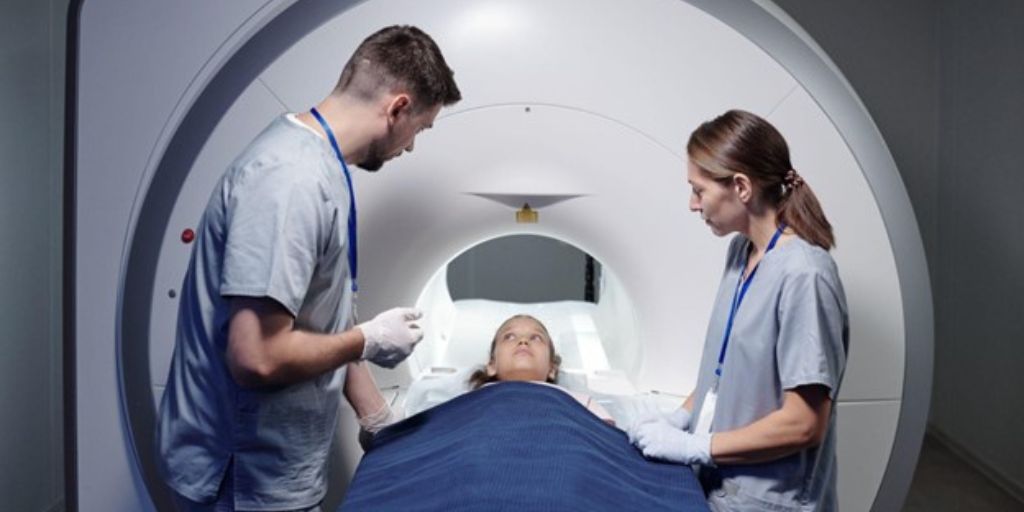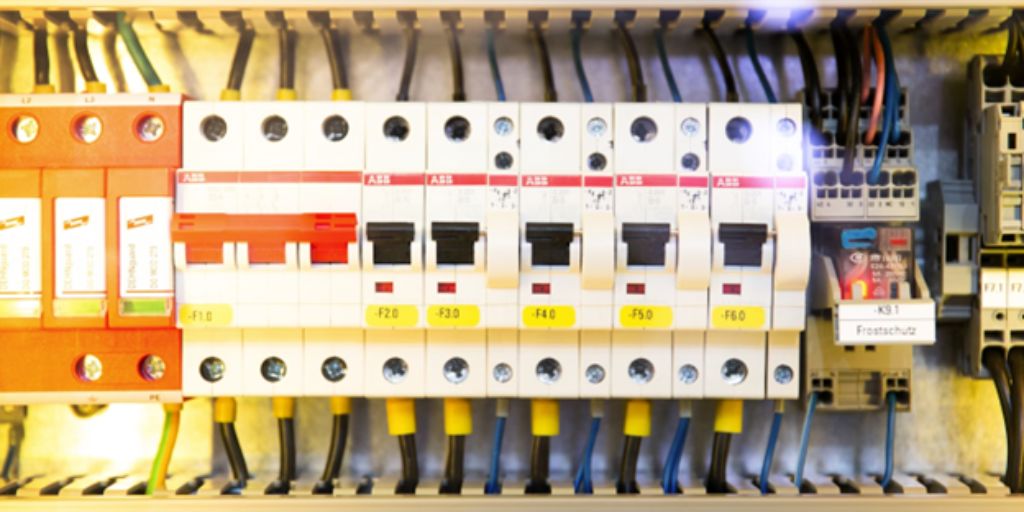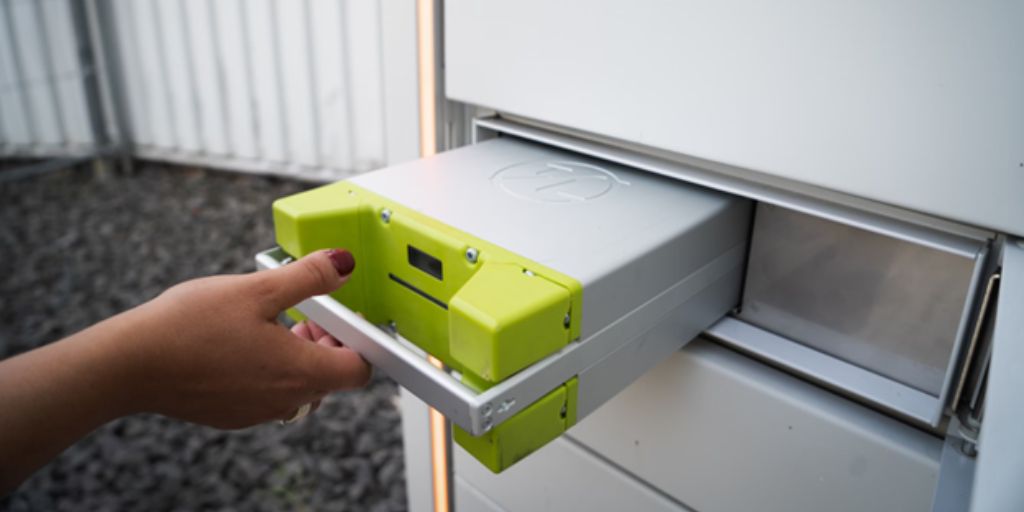
Uninterruptible power supplies (UPS) are a crucial piece of hospital infrastructure that help ensure that care never stops even for a moment — even when the power does. Anyone with an online ABSN will surely confirm that for many hospital patients, continuous and uninterrupted power for medical devices, hospital subsystems like ventilation and lighting, and even the computers that doctors, nurses, and administrators do some of their most vital work on, can mean the difference between life and death.
Why UPS?
So what is a UPS? At its core, it’s a system of power components that ensure that all hospital systems and essential services have access to power, even during a local power outage or any other emergency event such as extreme weather or earthquakes that could cause the hospital to be disconnected from the grid. This is vital for at risk patients who are reliant on hospital equipment functioning normally in order to stay alive.
For close to a century, most hospitals have historically relied on backup generators in these situations. Hospital generators are typically powered by diesel gasoline, which, while quicker to get started than systems relying on natural gas, still often have a start up delay of up to 10 seconds. While 10 seconds might not sound like much, that short gap is still too long for some people. If access to power is lost in a hospital, even for very short periods of time, the consequences could be dire; patients who are undergoing surgery or other invasive procedures, or happen to be dependent upon life support systems like dialysis, ventilators, or defibrillators pumps, could be at risk of death.
And while some lives are often immediately at stake in a power outage situation at a hospital, many more could be endangered by long-term damage to equipment that might be caused by a power outage or surge. Hospital equipment is often very electrically sensitive; doctors and nurses rely on many exquisite systems, like MRI and CT scanners, which are incredibly expensive and difficult to replace, and getting someone diagnosed in time is often the difference between giving them life-saving treatment and losing them to a health emergency. Hospitals also rely on blood and medicines like vaccines that are temperature sensitive — sometimes, even a few minutes at the wrong temperature could be enough to denature a medicine like the COVID-19 mRNA vaccines, which are typically stored at subzero temperatures in special purpose-built freezers.
That’s where UPS systems come in.
 How does it work?
How does it work?
UPS systems rely on batteries rather than generators to provide power. Batteries store chemical energy in the form of unbonded electrons, and discharge energy based on the balance of current between the battery and the system that it is connected to. This means that when current falters in the hospital’s power system as a result of an outage, UPS batteries kick in instantly and automatically release energy into the system to restore the balance of current, and provide a continuous, uninterrupted supply of power to all hospital systems.
 A Complex System
A Complex System
The battery doesn’t work alone, though: it needs other components, like a rectifier and an inverter, to integrate with the hospital’s power systems.
Hospitals rely mainly on AC, or alternating current, power. This is the system we use in the grids that power household electrical sockets, lights, and other appliances. AC power, the modern system which was invented by Nikola Tesla, is a system of power delivery wherein electrons flow in both directions, constantly alternating in order to maintain a balanced current. This is useful when power has to flow over long distances, as in the power grid — the alternating flow of electrons ensures that the current stays consistent at every point in the power delivery system, constantly checking itself and remaining in balance, making it less likely to surge or cut.
But batteries work on DC, or direct current power, and in DC systems, electronics flow only in one direction: from the power source to the device that needs power. This means that power needs to be converted when flowing between the hospital’s AC grid-compatible system and the battery’s DC current. The rectifier serves to convert the power input into the battery from the hospital’s AC system to DC power. This keeps the battery charged, and helps signal when the power cuts or surges. The inverter, on the other hand, converts the battery’s DC power into AC when the battery kicks in and begins pumping current into the hospital system as required.
UPS systems also require a static bypass switch. This is another crucial component that helps regulate the instant-on potential of battery based systems to ensure constant delivery of power and 100% uptime for all hospital systems without overloading the system. If there is a system failure in the UPS, the static bypass switch can cut the battery system off from the hospital’s power system, and restore the flow of normal AC power from the power grid. UPS systems employ another bypass — the external maintenance bypass — that allows maintenance workers to isolate the UPS system from mains power to do their job and make sure the system keeps working as normal.
All of these systems combine to ensure a consistent, even flow of power to the hospital’s subsystems and all of the critical devices they power that help keep people alive.
UPS systems save lives every day — lives that would otherwise be at the mercy of the weather and power systems’ maintenance schedules. And unlike the doctors, nurses, and companies that make medications that come to mind when we think of hospitals, we rarely, if ever, hear about unsung heroes like UPS systems in the news. So next time you see the lights flicker, think of your local hospital — and thank your local UPS systems provider.











